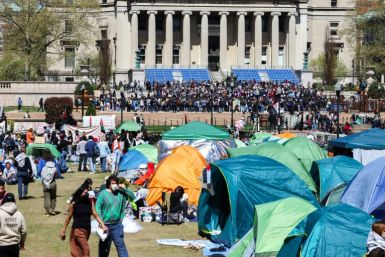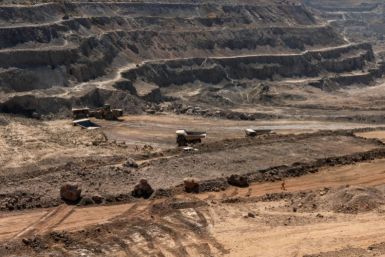NASA Summer Space Camps Offer Young Wannabe-Astronauts Chance To Join Future Space Missions, Including Mars

Summer camp is given a new twist since youth on break from school would not spend a few days in the woods or some other nature park. Camp participants would neither learn how to start a fire without matches or pitch a tent.
Rather, they would learn how to build and launch model rockets if they join the National Aeronautics and Space Administration’s, or NASA’s, summer camp to be held at the Kennedy Space Centre, or KSC, in Florida and the US Space and Rocket Centre in Hunstville, Alabama. But the lucky kids would go beyond learning about rockets since some of them would have an opportunity to join space missions, including to Mars, reports Jagran.
However, Kerri Lubeski, chief educator of Camp KSC, clarifies that the outer space trip won’t fly to outer space this summer, but possibly many summers later when they have acquired degrees in science, their interest in space technology and exploration no doubt fueled by the summer camp. “The kids believe they can be the next person in that spacecraft. We may not be launching people now, but by the time they’ve finished school, we’ll be there,” Lubeski says.
That would be in the 2030s when NASA aims to deploy the Space Launch System – the largest rocket to be built – to the Red Planet. However, the space agency plans to send an unmanned test flight at the latest by November 2018.
For now, the model rockets they would be making would be out of paper tubes and PVC pipes which could, nevertheless, explain to them better the pull of a microgravity simulator. They would also learn how to plan and execute a mission on board through a full-size space shuttle mockup.
These activities aims to bring out the youth’s team-building and problem-solving skills, says Lubeski, while allowing their natural curiosity to run its course and plant seeds that would, hopefully, bring them to space later in their lives.
Summer of Innovation targets middle school kids who are underrepresented, underprivileged and underserved, according to Clapway. The NASA summer camp also aims to have students to be excited in subjects they may not be interested right now such as science, technology, engineering and the Waterloo of many students – math.
Contact the writer at feedback@ibtimes.com.au






